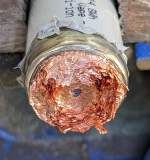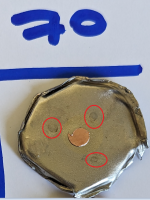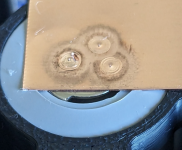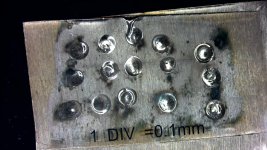Actually having watched this video on the internals of a JP40 I don't think I need to take my test welded cells apart. There is an internal copper disk laser welded to the copper current collector. This disk is in turn laser welded to the can from the outside of the can which is what the spiral pattern is. I think so long as we are not using so much weld energy we are burning holes in the can we are good.
Unlike a tabbed cell there is obviously no plastic insulator disk to melt. As an aside it is obvious from this picture why tabless is so much better.
Thoughts?
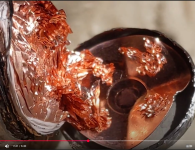
Unlike a tabbed cell there is obviously no plastic insulator disk to melt. As an aside it is obvious from this picture why tabless is so much better.
Thoughts?

Last edited:



